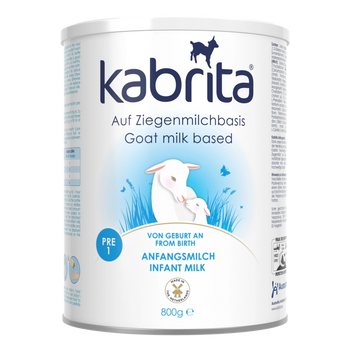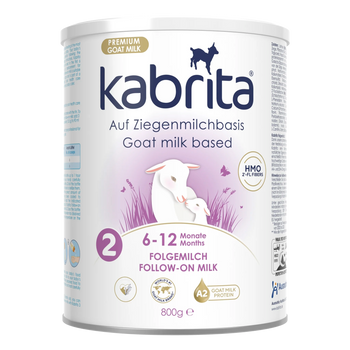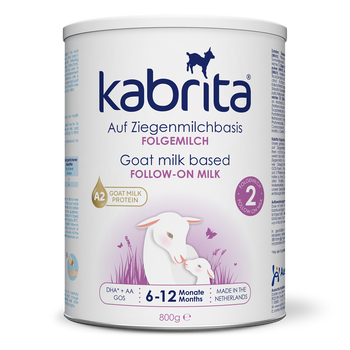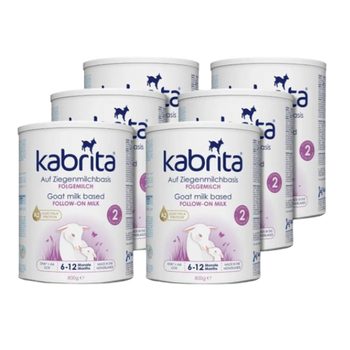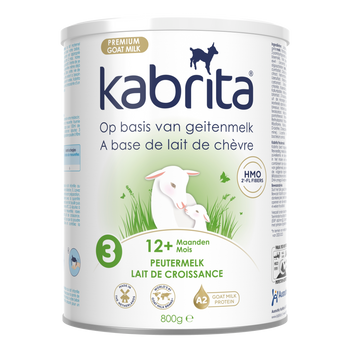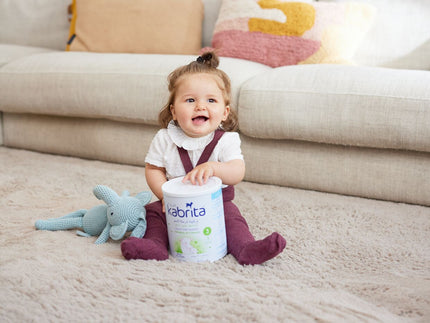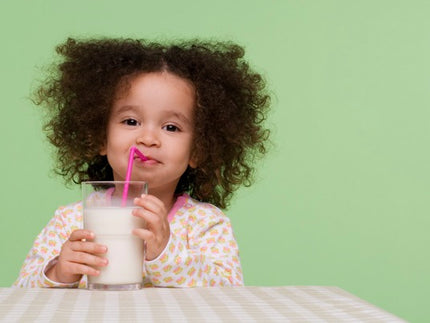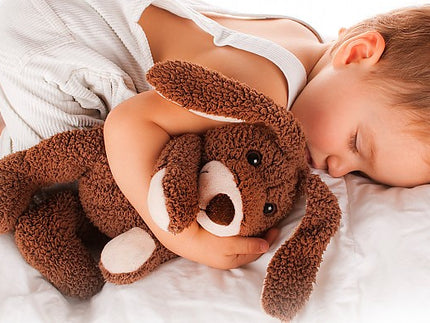Your baby's development: when will your baby crawl and stand?

Learning to creep
When your baby is about 3 to 4 months old and you put your baby on the tummy, he or she will start to flounder. Your baby does this by sliding back and forth with the arms and legs. Is your baby already able to lift the head and chest properly? Then this 'floundering' will eventually turn into creeping. When creeping, your baby lies on its tummy and moves forward by pushing off with the legs and pulling forward with the arms. Learning to crawl starts when your child tries to get his or her belly off the ground.
Learning to crawl
Each child differs with how he or she develops with crawling. For example, some babies may sit earlier and move around while sitting. In that case, children may skip crawling. Other children start crawling first. In this way, each baby's development proceeds differently.
On average, a baby will crawl when it is about 7 to 9 months old. You can also help your baby learn to crawl. If your baby is on the tummy, you can place toys just a little further away than your baby can reach. This will trigger your baby to move to grab the toy. It is best to use a toy that moves, makes a sound or is a favourite.
What not to do: force. Each child needs its own time to develop itself, so do not compare your child with peers. You can always stimulate. What if your child has mastered crawling? Then it is a great game for your baby when you are crawling together or after him or her!
Learning to sit
When your baby is between 6 and 9 months old, the muscles are sufficiently developed and can keep their body up. This will teach your baby to sit up on its own. There are two ways for your baby to sit. In the first way your child lies on the stomach and pulls the knees in, with the hands under the body so that your child is on all fours. Then the bottom will fall back and your child is sitting! Another way is also from lying on the stomach, but then lying sideways by first lifting the chest.
In most cases, your baby is between 7 months and 1 year when he or she can sit upright without support. Making your child learn to sit too early is not good for muscle development.
Tip: 'riding a horse' can be stimulating for your child when learning to sit. Your child is sitting on your lap, facing you and you are holding your child under the arms. You bump your legs back and forth, so that it looks like your child is riding the horse.
Learning to stand
After about 7 months, your baby may start to pull himself up on a chair or table. After about 10 months, your baby can also remain standing. If you have a playpen, this can help your baby learn to stand. Your child can then pull up on the bars of the playpen and be supported by it.
Standing without the support of, for example, a piece of furniture, your baby can, on average, be around his or her 1st year. With bare feet, your child has more grip and thereby trains the foot muscles, making learning to stand easier. Socks, on the other hand, can often be too slippery. Your baby will try out all kinds of poses on its own, so let your baby explore your home.
Learning to walk
Most children start trying to take their first steps after their first birthday. First, your baby will hold on to everything: sofas, tables, chairs, etc. Time to see what might not be strong enough to keep your baby upright! After a while, your baby will try to “cross” from the bench to the table, without any support. If you happen to see this moment: give your child an enthusiastic compliment. That is good for his or her confidence to increasingly take a step by himself.
Learning to walk is a big milestone for many children, because now you can go out with your baby to walk together!
Tips:
- Now that your child sees the world from a completely different perspective, your walk will no longer be as fast as in the pram. Because how nice is grass, or a fallen tree leaf? Or mud or a large pool of water? As soon as your baby can walk outside, he or she is ready for the first real shoes. Do you want to know what to look for when buying the first shoes? Then read our blog about clothing sizes and shoe sizes.
- If your child can walk, you can also consider a balance bike. Especially bicycles that you can use first as a tricycle (for stability) and later as a two-wheeler, are very useful.
- In our blog we used average ages. Each baby needs its own time for its development. Some babies can stand earlier or later than the average baby. If you have any doubts about your baby's development, please contact your doctor or the consultation centre.
Kabrita Goatmilk
Kabrita goatmilk bottle food is a Dutch product and combines mild Dutch goat milk with a composition in line with the latest scientific insights. This creates a full-fledged formula that provides important nutrients in a mild, friendly way and that helps your child grow. Are you curious about our goat milk baby food?
